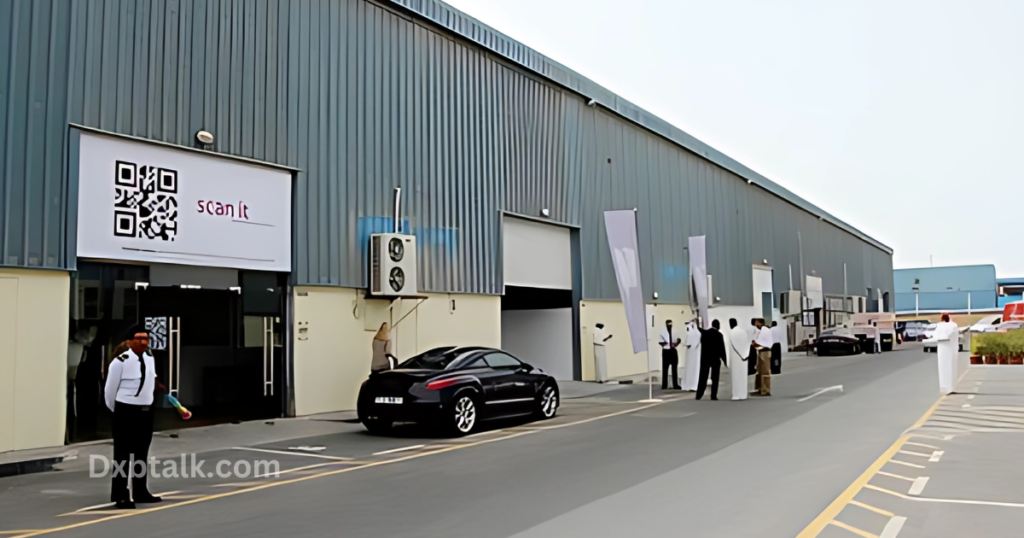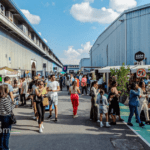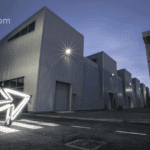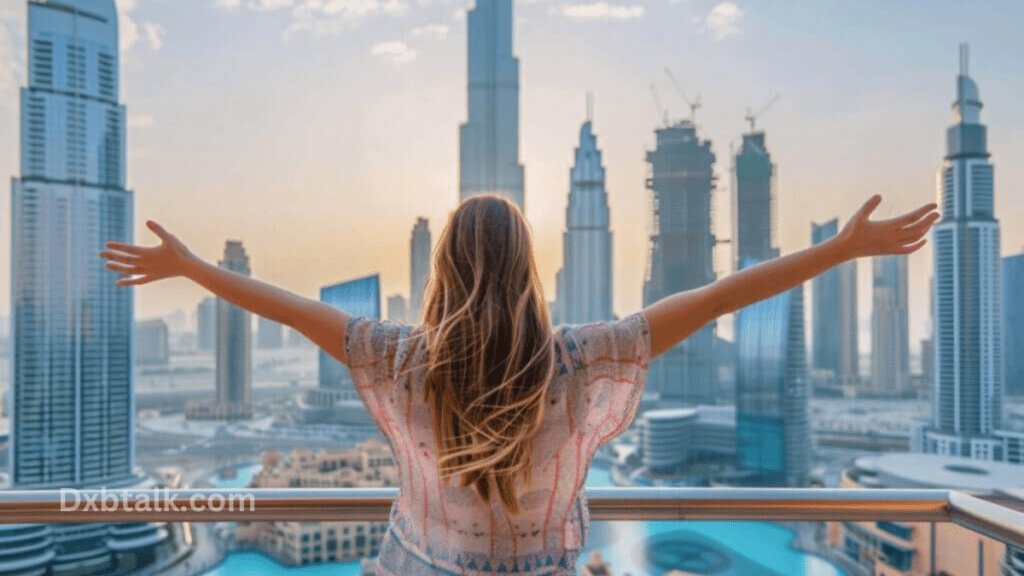Al Quoz’s Warehouse Wonders: The Unique Architecture of Dubai’s Art Hub
Introduction
Al Quoz is characterized by its unique architectural landscape, where industrial warehouses have been transformed into creative spaces, art galleries, and studios. This post delves into the architectural wonders of Al Quoz, exploring how the district’s design reflects its artistic evolution while retaining elements of its industrial heritage.
1. The Industrial Aesthetic
The warehouses in Al Quoz offer a distinctive industrial aesthetic that sets the stage for creativity. Many of these structures feature raw concrete, exposed beams, and high ceilings, providing an ideal backdrop for artistic expression. The juxtaposition of industrial elements with contemporary art creates a visually striking environment that inspires both artists and visitors.
- Highlights: Industrial design, raw materials, artistic expression
- Best for: Architecture enthusiasts, photographers, anyone appreciating unique spaces
2. Adaptive Reuse: Breathing New Life into Old Spaces
One of the defining characteristics of Al Quoz’s architecture is the adaptive reuse of former industrial spaces. Galleries and studios have transformed these warehouses into vibrant hubs of creativity, showcasing innovative design while preserving the original character of the buildings. This approach not only revitalizes the area but also promotes sustainability in architecture.
- Highlights: Adaptive reuse, sustainability, innovative design
- Best for: Urban planners, sustainability advocates, anyone interested in architectural trends
3. Notable Architectural Landmarks
Within Al Quoz, several landmarks highlight the district’s architectural evolution. Alserkal Avenue stands out as a cultural landmark, featuring repurposed warehouses that now house galleries, creative studios, and event spaces. The blend of contemporary design and industrial heritage makes Alserkal Avenue a focal point for the community.
- Highlights: Cultural landmark, repurposed spaces, community focus
- Best for: Art lovers, cultural enthusiasts, anyone exploring Dubai’s creative scene
4. Community-Driven Design
The architecture in Al Quoz is also shaped by community-driven design principles. Many spaces are created with input from local artists and residents, ensuring that the environment reflects the needs and aspirations of the community. This collaborative approach fosters a sense of ownership and pride among residents and creatives alike.
- Highlights: Community involvement, collaborative design, local engagement
- Best for: Community advocates, local artists, anyone interested in participatory design
5. Future Architectural Trends in Al Quoz
As Al Quoz continues to evolve, future architectural developments are poised to embrace innovative designs that prioritize sustainability and creativity. Emerging projects aim to integrate green spaces and environmentally friendly practices, ensuring that Al Quoz remains a progressive and inspiring district for generations to come.
- Highlights: Future developments, sustainability, innovative design
- Best for: Architects, urban developers, anyone interested in the future of urban design
Conclusion
Al Quoz’s unique architectural landscape reflects its journey from an industrial area to a vibrant art hub. The blend of industrial aesthetics with creative spaces creates an inspiring environment for artists and visitors. As the district continues to evolve, it remains a testament to the power of adaptive reuse and community-driven design, setting the stage for future architectural innovations.
Hashtags:
#AlQuoz #Architecture #DXBTalk #WarehouseWonders #DubaiArtHub #IndustrialDesign #AdaptiveReuse #SustainableArchitecture #AlserkalAvenue #CulturalLandmarks #CommunityDesign #UrbanExploration #CreativeSpaces #InnovativeDesign #ArtInArchitecture #ArchitecturalTrends #LocalEngagement #DubaiCreatives #ArtisticInspiration #VisualDesign #CommunityFocus #UrbanDevelopment #DesignForTheFuture #ExploreAlQuoz #ArchitecturalHeritage #CulturalEvolution #SustainableLiving #CreativeCommunity #DubaiArchitecture







